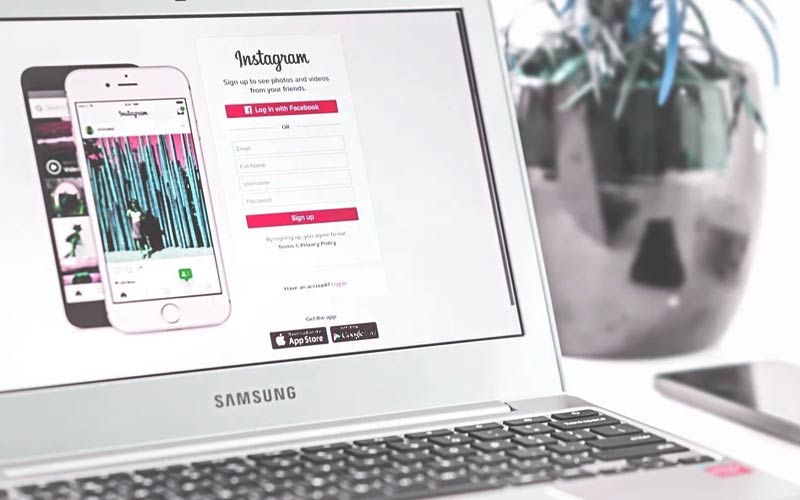Forecasting the demand or revenues for new products or variants of existing products can be quite tricky. That’s because there are no past trends and results that you can base your predictions on, and there’s a high level of uncertainty about how good the demand is.
Although the keys to the success of demand planning entail collaboration and using the qualitative and quantitative data available, you need to have a flexible forecasting model to accurately predict the demand for new products. This article highlights the steps you can follow to forecast new products accurately.
Methods of Demand Forecasting for New Products
1. Form A Team
If you want to effectively and successfully forecast new products, you need to form a team of people from various relevant departments. This could be individuals from the operations, marketing, sales, and other relevant technical departments. This team should be responsible for creating, overseeing, and managing the forecasting procedure from when it’s launched until the demand planning is predictable.
2. Analyze And Evaluate The Set Of Assumptions
Your team should use market testing, market research, and buyer surveys to review the available data – quantitative and qualitative. From the data, the team should identify, evaluate, and agree upon a set of assumptions that will be the foundation of developing the first forecasting model and starting demand planning.
The assumptions that your team should analyze and agree upon include the number of customers in the company’s target market, the ratio of consumers who’re likely to buy the product, the projected timing of the purchase, and the patterns of replacement and repeat purchasing. The group’s core aim should be to use their collective judgment and experience to analyze and agree upon the set of assumptions.
3. Develop Granular Models
To create a very accurate demand planning possible, your team should develop a forecasting model that’s granular enough to show how and when the various segments of the target customers in multiple locations will buy the product. That should be done, especially for variants of existing products. Some customers may be anxious to test the products, while others may be waiting for cheaper subsequent versions to be released.
4. Create Responsive Timelines
Your team should meticulously monitor the new product’s sales that occur within the first few days or weeks of the product’s life. This forms the group’s foundation for demand planning. Though the sales team may not be so interested in the monthly data, they should be committed to giving comprehensive daily forecasts.
5. Give A Variety Of Demand Planning Forecasts
At this stage, your team should have many sets of assumptions and a forecasting model that can produce responsive periods. Using these components, they should develop a variety of demand planning forecasts. This step will be easy if you have a demand planning model solution that can be quickly recalculated. The range of your projections may vary depending on the specific product. However, you need to run many iterations and change various assumptions and probabilities to create a forecast range.
Bottom Line
Although forecasting the demand for new products may be complicated, following these steps may help you plan accurately. Only ensure that you work with a team because this process needs collaboration.














